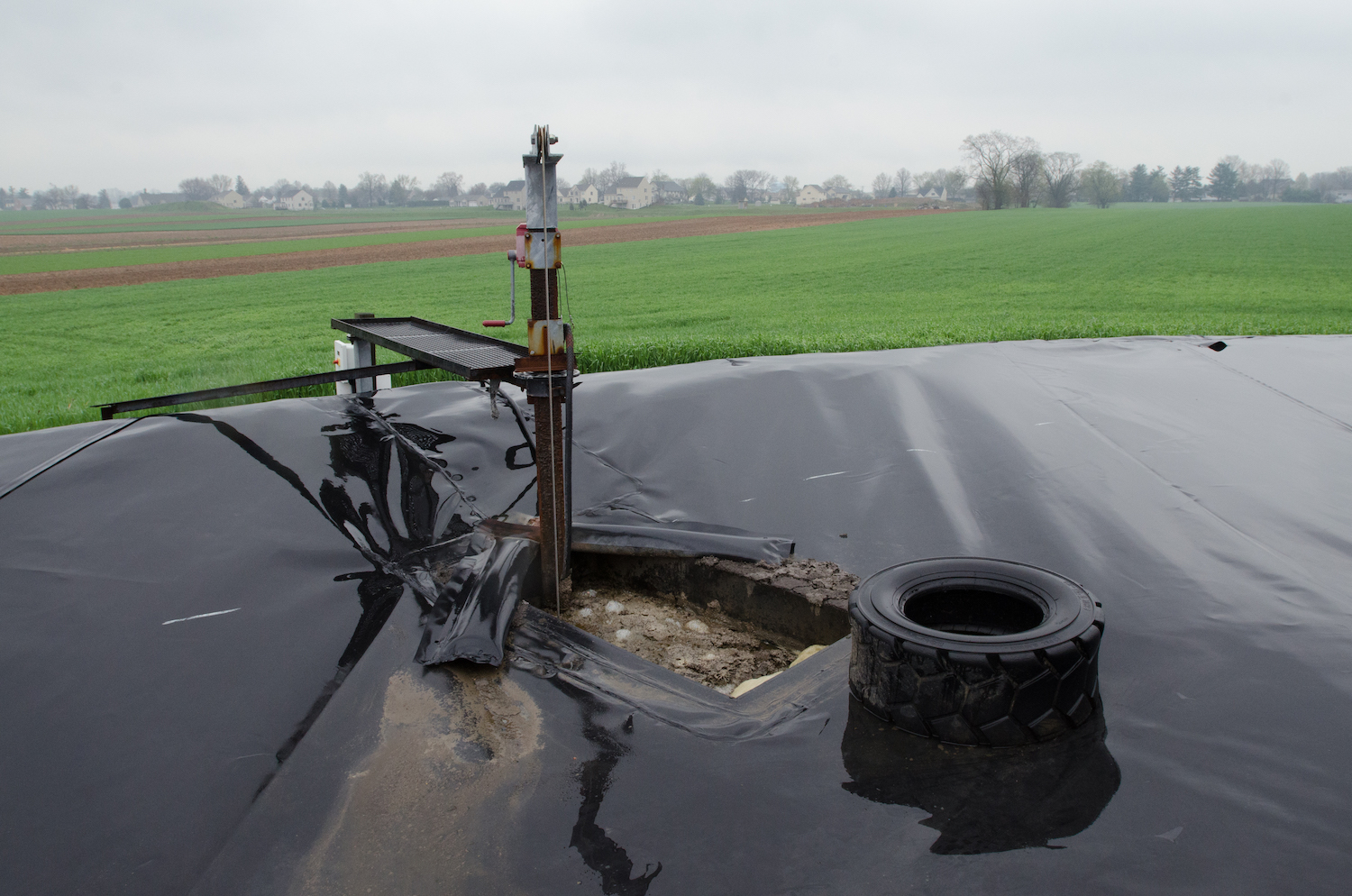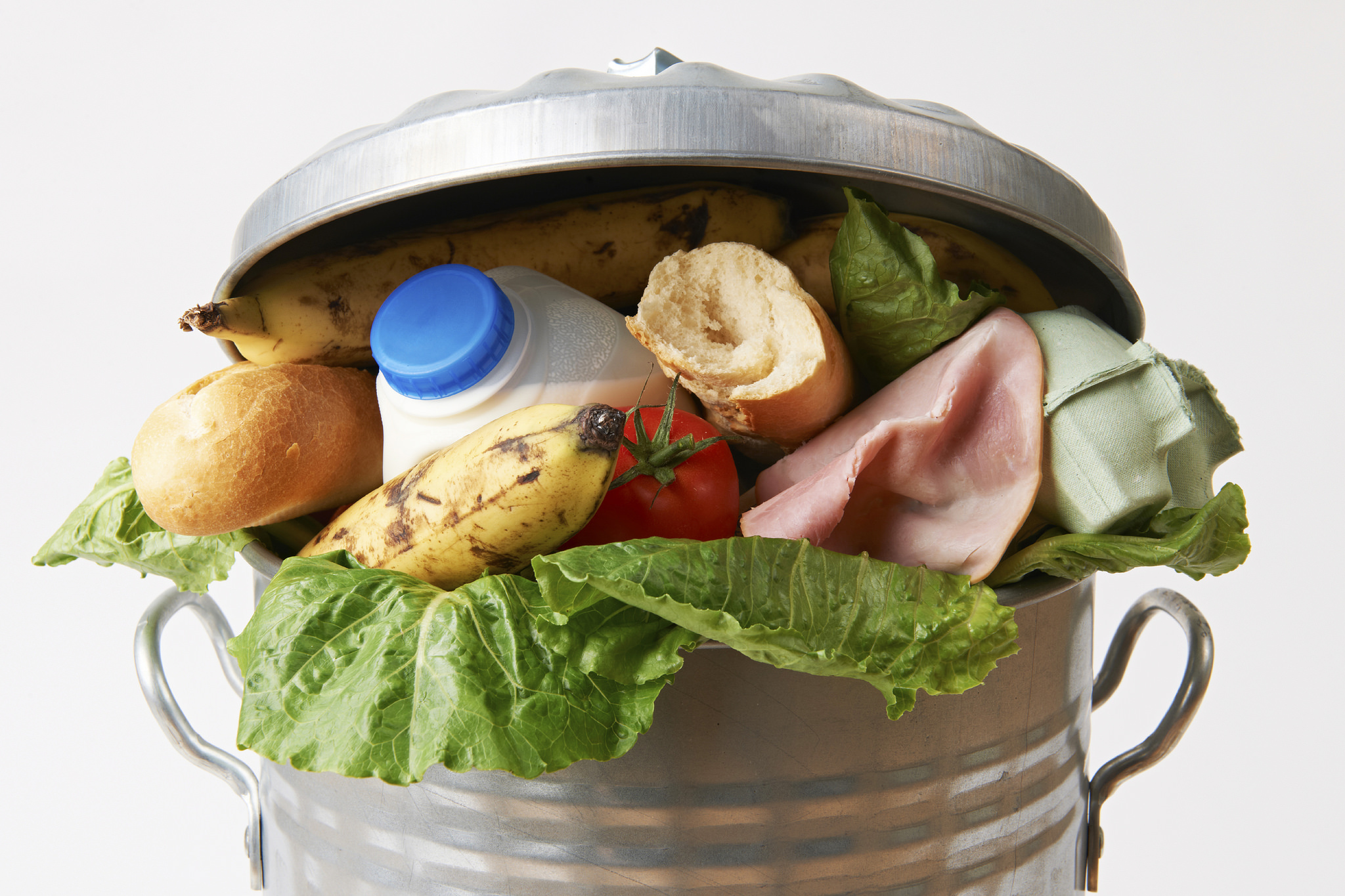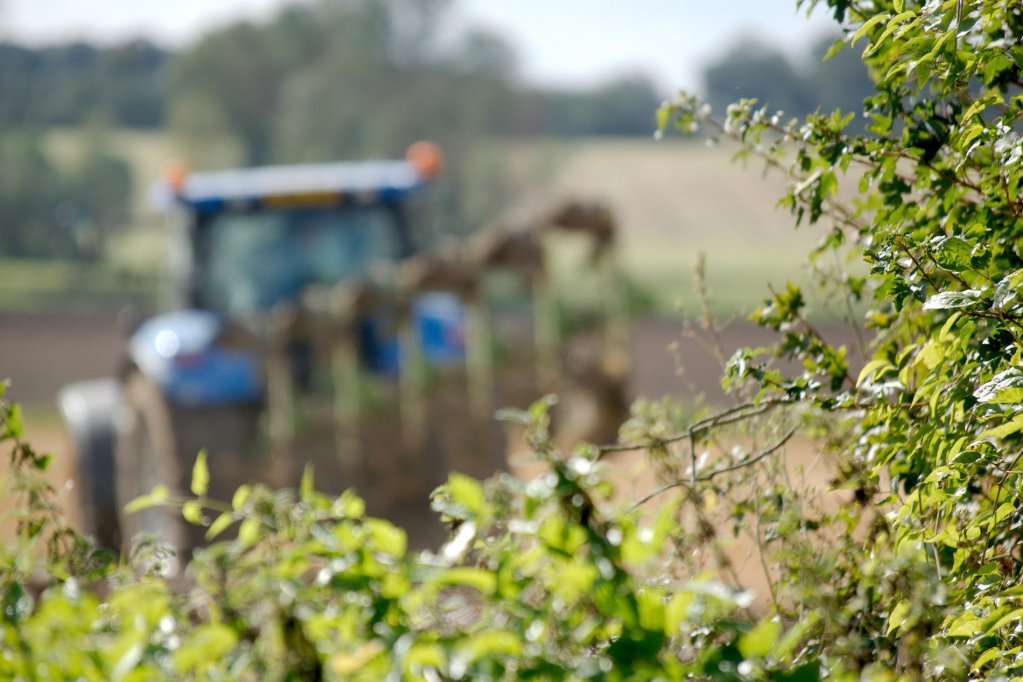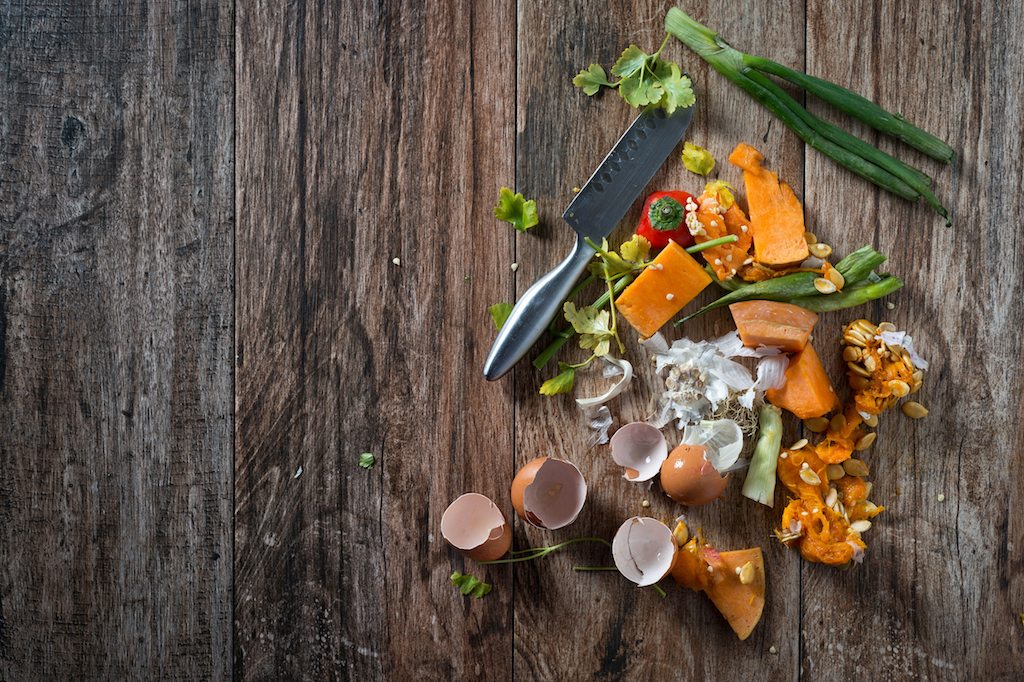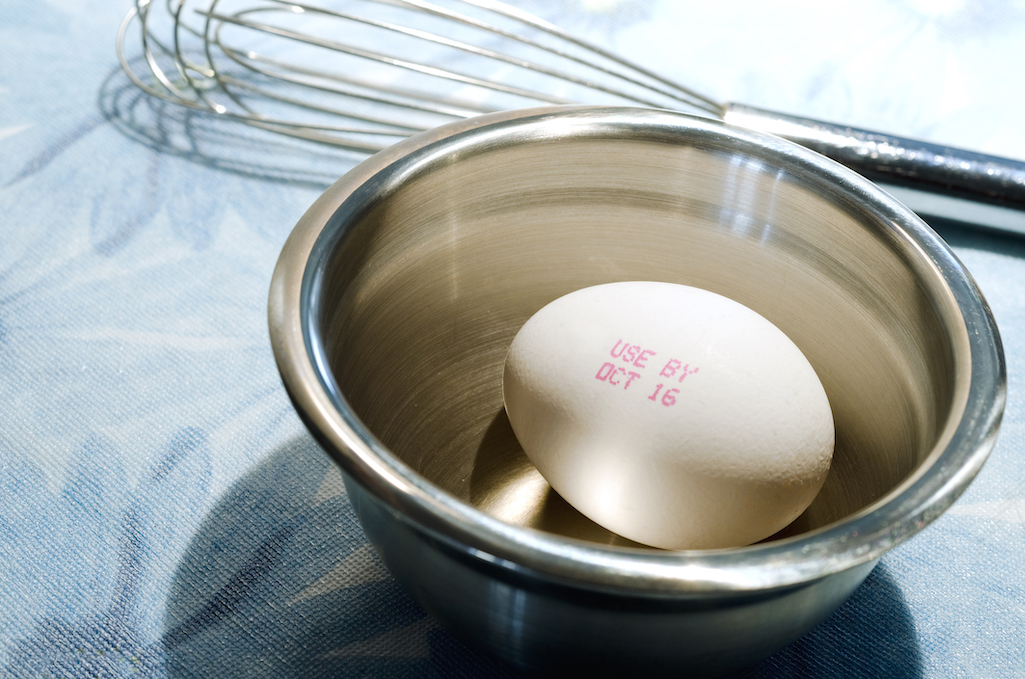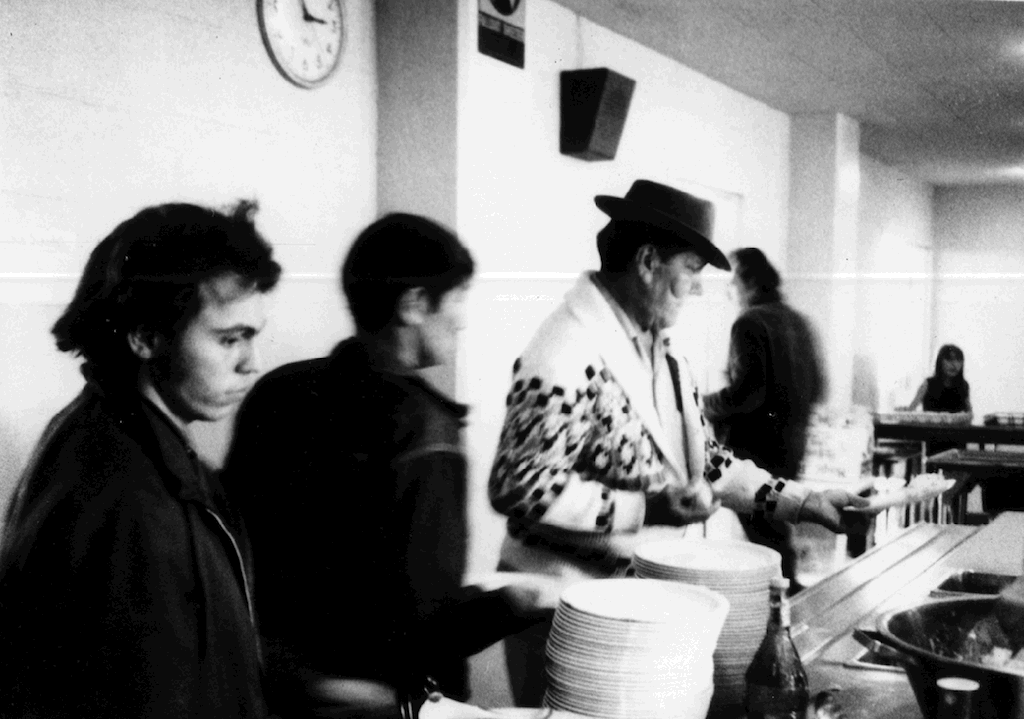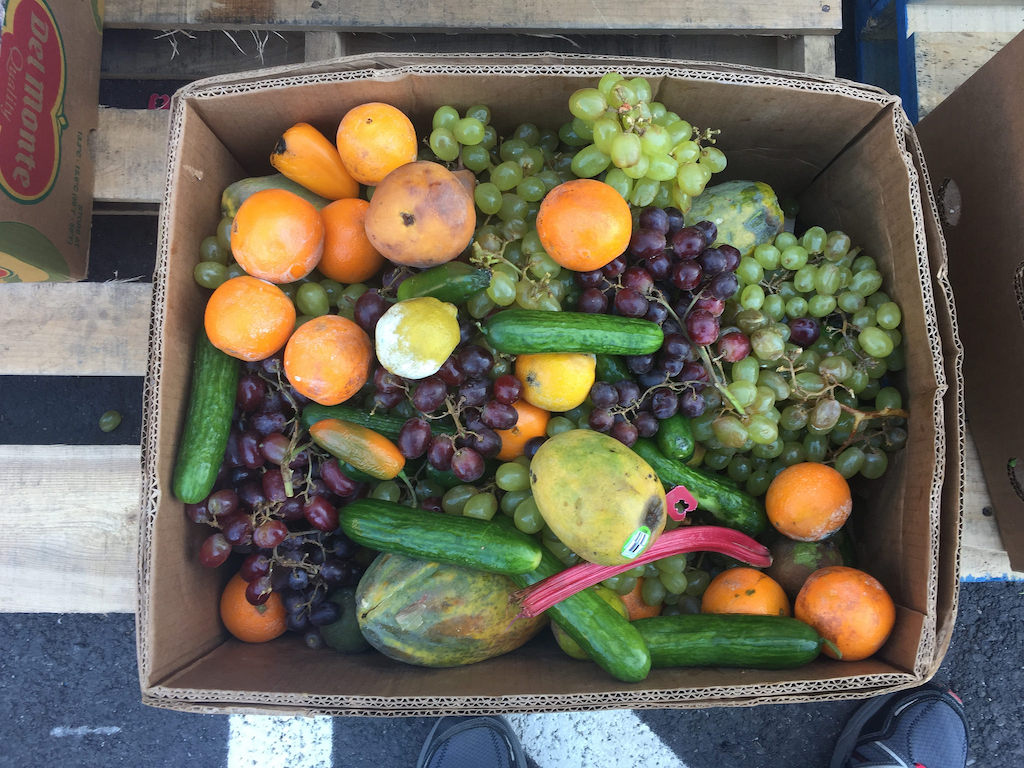Sewage sludge is a controversial, yet commonly used fertilizer. New research shows electromagnetic radiation could help clean it up. (Don’t try this at home.)
Last year, the city of Montgomery, Alabama, agreed to pay $32,000 in penalties over sewage sludge—the leftovers that remain after wastewater gets treated—that it had applied as fertilizer on farms. At issue wasn’t the application itself; it was that the sludge was really high in nickel. Too high, in fact. Testing showed that the sludge exceeded limits set by the Environmental Protection Agency (EPA) for the metal by as much as 25 percent, according to a consent decree. Overexposure to nickel can cause allergic reactions, stomach pain, and breathing issues, according to the Centers for Disease Control and Prevention.
Maybe the city should have treated its sludge with more caution. Maybe it should have microwaved it.
As it turns out, electromagnetic radiation can be quite helpful in facilitating the removal of heavy metals from sewage sludge. Scientists recently made this discovery through a crude yet effective method: putting human waste in a kitchen microwave. A team of researchers at the Florida A&M University-Florida State University (FAMU-FSU) College of Engineering found that putting a sludge sample in a 1000-watt Emerson-brand microwave for 10 seconds greatly increased the percentage of metal that could be extracted from it. These results were recently published in the Journal of Cleaner Production.
Montgomery’s settlement was one of nine that EPA secured over the past year, racking up a total of nearly $170,000 in penalties.
“We’ve been working with heavy metal removal from biosolids for a long time and we found that with microwaves, it’s possible to break the linkage to decrease absorption of heavy metals from biosolids,” says Simeng Li, an assistant professor of civil engineering at California State Polytechnic University-Pomona, and one of the researchers on the study.
Right now, sewage sludge is typically treated with chemical agents before it’s applied as fertilizer—that is, if it’s not incinerated into ash or sent to landfill. Often marketed as a “biosolid,” sewage sludge is commonly applied in many places, from farms to ranches and from golf courses to forests. The EPA sets different limits on metal concentrations for biosolids depending on where they’re applied.
The study authors focused their research on sewage sludge from the city of Tallahassee, Florida, and six particular heavy metals of concern: cadmium, copper, iron, nickel, lead, and iron. In its untreated state, the sample sewage exceeded EPA limits for lead and cadmium. First, the scientists used three conventional chemical treatments to attempt to remove the metals from the sludge. While acid extraction lowered the concentration of all metals by varying degrees, the method failed to bring cadmium levels within EPA guidelines. However, by first microwaving the sludge, then submitting it to chemical treatment with half the typical amount of acid, the team found that both cadmium and lead reduction became five times more effective. And it brought cadmium concentrations within EPA limits.
Proponents of biosolids argue that they are a functional solution to the growing issue of waste—our demand on sewage systems is growing faster than infrastructure development can keep up.
Interestingly, the team also found that adding a bit of water to a dish of sewage sludge increased the amount of metal that could be extracted. Using electromagnetic radiation, microwaves warm up food by causing water molecules to spin, in turn generating heat. The team hypothesized—correctly, as it turned out—that by adding water to the sludge, electromagnetic radiation could more easily break bonds within a sewage sample. The metals, once recovered, could then be recycled and reused, says Gang Chen, a professor of civil and environmental engineering at FAMU-FSU who was also involved in the study.
Biosolid advocates argue that its use as fertilizer is a functional solution to our ballooning waste issue—our demand on sewage systems is growing faster than infrastructure development can keep up. EPA estimates that there are between 23,000 and 75,000 sewage system overflows annually. “What this shows is that there’s a way for wastewater treatment plant operators to reduce even further the heavy metals concentration of any biosolids,” says John Schert, director of the Hinkley Center, a research institute supported by the state of Florida, which funded the study.
However, critics see biosolids as a pollutant that could not only jeopardize soil health, but also food grown from that soil—and, down the line, eaters. Montgomery’s settlement was one of nine that EPA secured over the past year, racking up a total of nearly $170,000 in penalties.
“We need to completely restructure the way that we handle and decide what chemicals we’re going to allow in our society to begin with.”
“Even if you could theoretically remove all the heavy metals, what is remaining that we’re not focusing on?” asks Amanda Starbuck, senior food researcher and policy analyst at environmental advocacy group Food and Water Watch. The use of sludge as fertilizer has drawn vocal backlash because it can sometimes contain measurable amounts of pathogens—disease-causing microorganisms that include Salmonella, E. coli, and listeria. To market food as organic, farmers aren’t allowed to use biosolids on their fields. Last year, Whole Foods announced that it would not sell produce grown on land treated with sewage sludge.
That said, there’s no consensus about whether biosolids actually impact eater health. And, save for incinerating it, placing it in a landfill, or spraying it onto land—what can we do, practically speaking, about the enormous amounts of human waste that we generate? (One scientist has suggested turning it into bricks for construction.) Proactive solutions may require a serious rethinking of the modern industrial practices that introduce high levels of heavy metals into the supply chain in the first place.
“I would prefer to see it not be spread on land and put in a toxic waste site,” Starbuck says, when asked the best way to deal with biosolids. But more than that: “We need to completely restructure the way that we handle and decide what chemicals we’re going to allow in our society to begin with.”
Oh, but are you curious what happened to the microwave the scientists conducted their research with? It is still in use, but not in some university breakroom—it’s designated for experimental purposes only.



